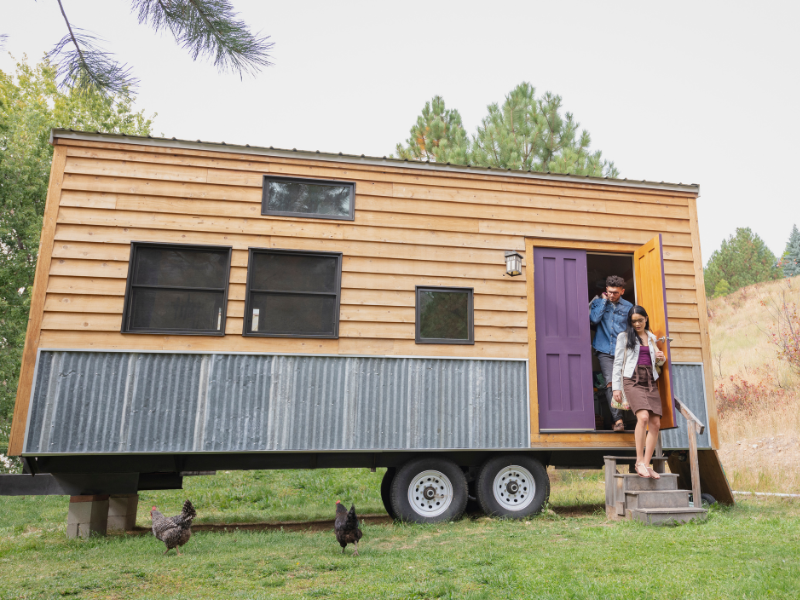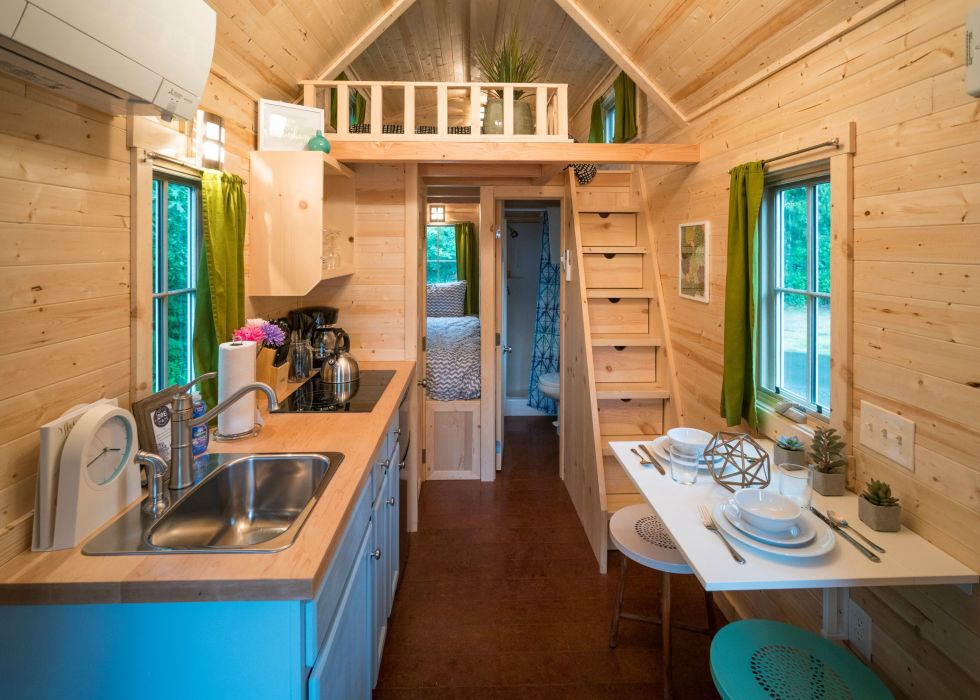Living on a fixed income while managing a mortgage can be a challenge. Many millennials and retirees are opting for a simpler, more affordable lifestyle. Instead of spending money on large homes they rarely enjoy, people are choosing to invest in travel or even tiny houses. Tiny homes come in a variety of designs and sizes, with some not being "tiny" at all. To qualify as a tiny house, the living space must be under 400 square feet — quite a contrast compared to the average American home, which is 2,600 square feet.
Why Choose Tiny House Living?
Tiny houses are often built on trailers for portability, allowing homeowners to move their home to different climates or remote locations. These homes are becoming popular as vacation cabins, hunting lodges, or even as full-time residences. The primary benefit of a tiny house is its ability to support off-grid living. Since most tiny homes are mobile, you can move to a warmer climate in winter or evacuate during an emergency. Here's an example of a tiny home with a modern design and functional space.

Designing a Tiny House: Maximizing Space
The sky's the limit when it comes to tiny house design. If you can fit it within 400 square feet, it's yours. Some tiny homes feature custom marble countertops, king-size beds, multiple sleeping areas, or even luxurious bathtubs. However, keep in mind that the heavier your materials, the more difficult and expensive it will be to move your tiny home. When designing your tiny house, remember to plan for both emergency preparedness and efficient off-grid living.
Making the Most of Small Spaces
In a tiny house, everything should have a dual purpose. For example, a sofa could double as a pull-out bed for guests, stairs could double as storage, and a folding dining table could be stowed away when not in use. It's essential to avoid filling the space with unnecessary items. Instead, choose multi-functional pieces that serve multiple needs.
Off-Grid Must-Haves for Tiny Homes
Here are some essential features to include when building a tiny home for off-grid living:
- Solar panels – Harness renewable energy for lighting and appliances.
- Composting toilet – No need for water or a septic system.
- Rainwater retrieval system – Collect rainwater for use in daily tasks or as greywater.
- Wood stove – Efficient heating for small spaces without draining energy.
- Gas range – An efficient cooking option for off-grid living.
- Plenty of storage – Organize the small space for maximum functionality.
- Dual-purpose items – Choose multi-functional furniture and appliances.
- Comforts of home – Make your tiny house a cozy, functional space to live.
Planning for Emergencies with a Tiny House
In times of disaster, a tiny house can provide a ready-made solution for off-grid living. The simplicity and portability of a tiny home allow you to evacuate to safer areas and live comfortably off-grid. Tiny house laws vary from city to city, but some places, like Oregon, have developed tiny house villages due to increasing demand. Keeping a tiny house on your property can also provide a flexible, emergency living space. For more details on tiny house plans, check out this resource:

Watch this video on how to make the most of tiny house living and prepare for off-grid situations:













